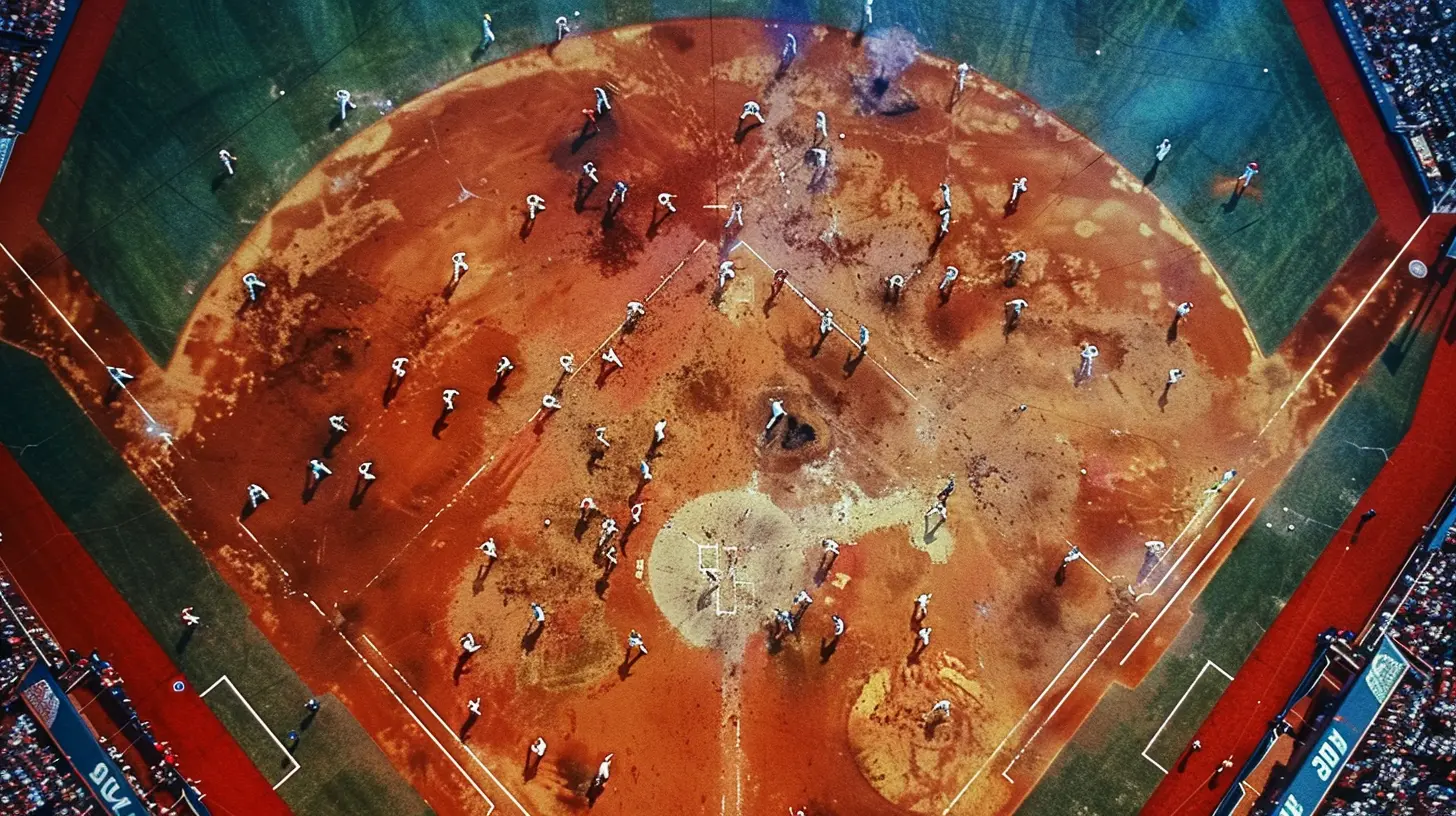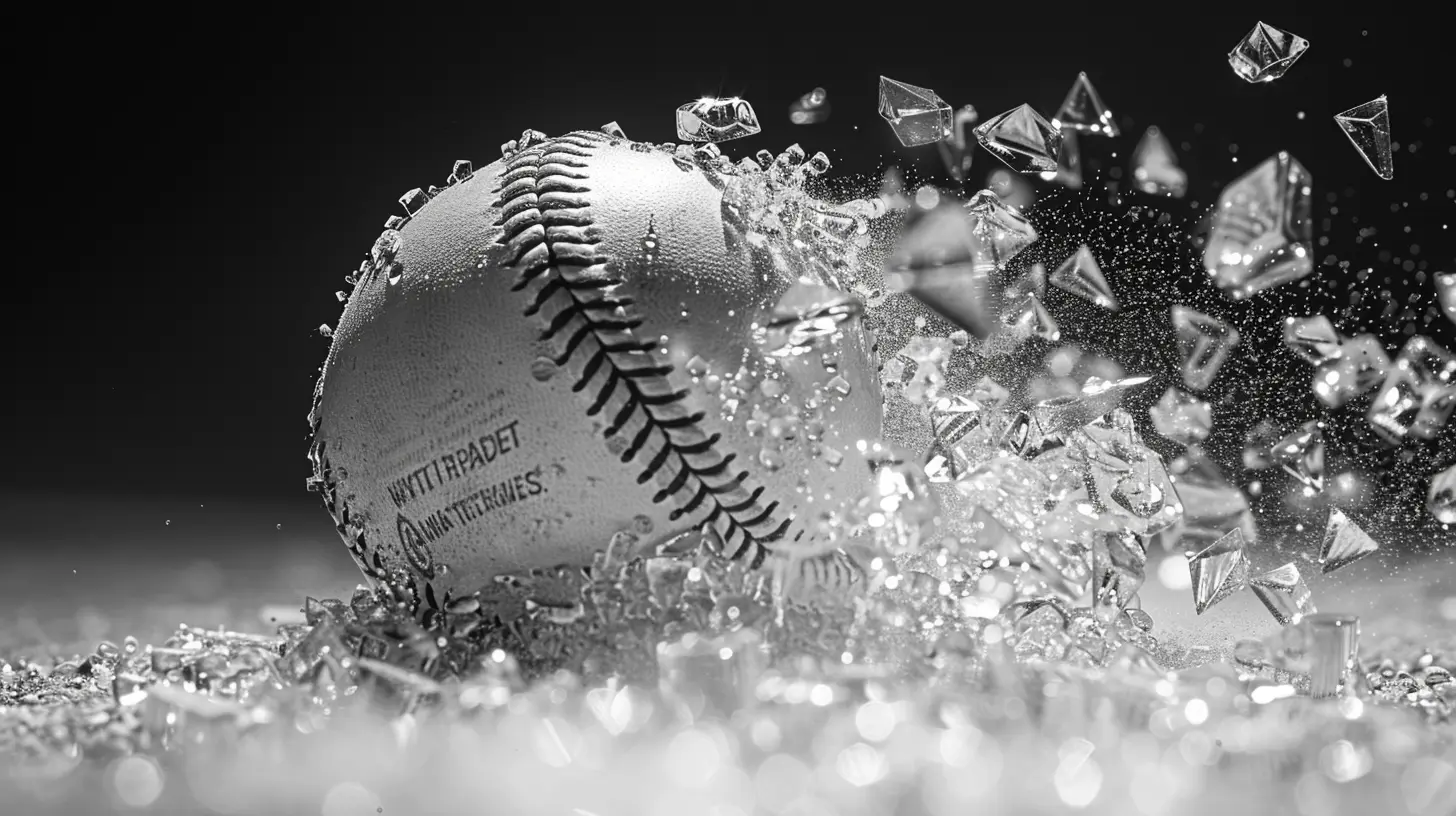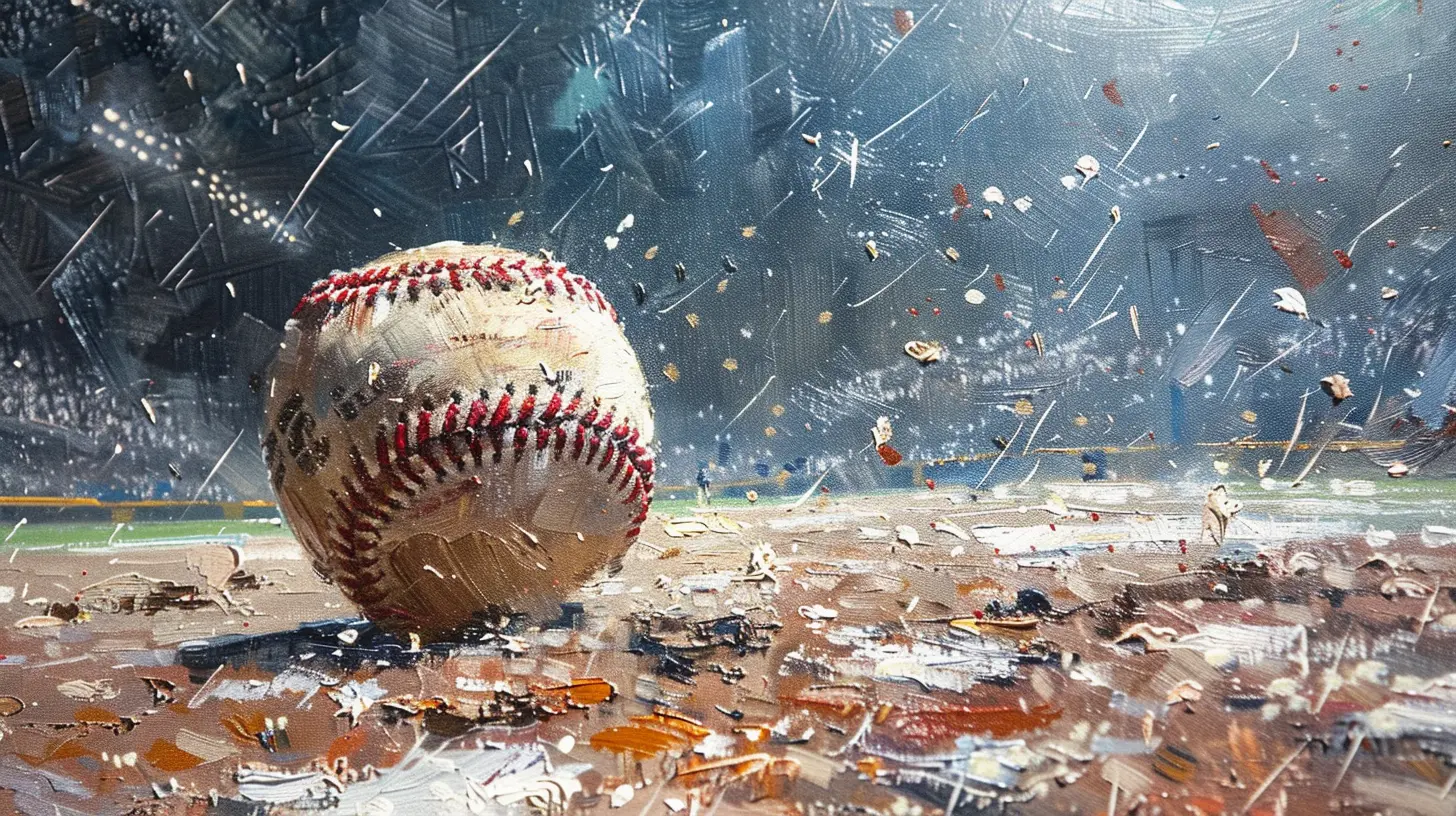Unpacking the Diamond Formation in Baseball
16 July 2025
When someone says "baseball diamond," it sparks immediate imagery: lush green fields, sharp white lines, and four vital bases that shape one of the most iconic layouts in all of sports. But there's more to this diamond than just aesthetics. It's the strategic heartbeat of the game.
In this post, we're unpacking the diamond formation in baseball—what it really means, how it works, why it's built the way it is, and how it shapes both offense and defense. Whether you're new to the game or you grew up with a glove in hand, this post will dig into the guts of that classic diamond layout.
What Is the Diamond Formation in Baseball?
Let’s start with the basics. The "diamond" in baseball isn't made of precious stones, but it might as well be for how important it is to the game. The name “diamond” refers to the shape created when you connect home plate, first base, second base, and third base. If you look at it from above, it forms a perfect square tipped on its corner—like a diamond.Each of the four bases is 90 feet apart in Major League Baseball (MLB), with the same layout used in most organized levels. The diamond isn’t just for show; it's central to how the game flows from the pitcher’s mound all the way around to a dramatic slide into home.
Breaking Down the Bases
Let’s unwrap each point of the diamond. Every base has a vital part to play.Home Plate: The Heart of It All
Home plate is where it all begins—and ends. Every pitch crosses it, every batter stands next to it, and every scoring run returns to it. Shaped like a five-sided slab, it’s where the batter faces off against the pitcher, aiming to become a baserunner.First Base: The First Big Step
Once that bat makes contact and the ball is in fair territory, the runner bolts to first base. It’s the gateway. If you don’t make it here safely, you’re out. It’s also where strategy starts evolving—do you steal second? Hold your ground? So much rides on this first step.Second Base: The Danger Zone
This is where things get tense. It's the farthest base from both home and first, and it’s a hot spot for double plays. It’s also a strategic goldmine—many teams use second base to set traps, shift infields, and make critical saves.Third Base: Almost Home
Third is the final pitstop before glory. A runner here breathes hope—just a wild pitch or a deep fly ball away from scoring. Coaches get vocal at this base, throwing up signs and deciding if a gamble is worth it.Each base is like a checkpoint in a video game. You beat one level, move to the next, but it's never easy—and failure is always one tag away.
The Pitcher’s Mound: The Eye of the Storm
Now, although not part of the diamond per se, the pitcher's mound lies at the center of it all. Positioned 60 feet 6 inches from home plate, it’s where the pitcher commands the game.From this mound, strategy begins. Every pitch—fastball, curve, slider—is a calculated move aiming to control the base paths. Think of the mound as the queen on a chessboard—powerful, mobile (during play), and central to gameplay.
Why the Diamond Shape Works
It’s not just about tradition or symmetry. The diamond has deep, practical benefits, and it’s designed with balance in mind.Equal Opportunity for Defense
Because each base is equidistant—90 feet apart—it gives the defense a fair chance to make plays. A grounder to third has just as much chance of gunning out a runner at first as one hit to shortstop.Built for Momentum
The shape naturally fuels momentum. As runners go base to base, they’re turning corners—literally. This influences player speed, decisions, and even fielding angles.You ever watch a runner “rounding” third? They’re not thinking; they're reacting, flowing through that geometry like water in a stream.
Strategic Positioning
The diamond structure helps organize where fielders go. Infielders cover the dirt around the diamond, and outfielders play deeper to catch anything driven past that infield.Everyone has their area of responsibility—like pieces on a board game, arranged just so for a reason.
The Role of Fielders in the Diamond
Every defensive position in baseball is oriented around the diamond. Let’s line them up:- Catcher: Crouched behind home, the catcher is the silent general—framing pitches, watching runners, and calling plays.
- Pitcher: Commands the tempo, challenges hitters, and fields bunts or soft grounders.
- First Baseman: Receives throws, guards the line, and handles errant pickoffs.
- Second Baseman/Shortstop: These middle infielders are the game’s short-range ninjas—quick hands, quicker feet.
- Third Baseman: Hot corner specialist. Needs a rocket arm and zero hesitation.
Each of these roles orbits the diamond. Like satellites, players rotate around it during situational plays.
Offensive Strategy and the Diamond Formation
You might think the diamond mainly benefits defense—and sure, it's built that way. But the offense has tricks up its sleeve too.Base-Stealing and the 90-Feet Psychology
The distance between bases is a sweet spot. It’s close enough to encourage steals and just far enough to make them risky. This leads to thrilling moments—will he make it? Is the throw on time?Sprinters study the 90-foot dash like it’s the 40-yard dash in the NFL. Explosiveness off the base is everything.
Hit Placement
Smart hitters don’t always swing for the fences. They use the geometry of the diamond to place hits where fielders aren’t. Grounders down the line, bloop singles between infield and outfield—all based on understanding those 90-foot gaps.Sacrifice Plays & Situational Ball
You’ve probably heard of “small ball.” It’s all about using the diamond to your advantage—bunts to move runners, sacrifice flies to get a runner from third to home. These strategic plays all rely on deep knowledge of the diamond’s layout.How the Diamond Influences Coaching Decisions
Coaches live and breathe diamond dynamics. Whether it’s flashing signs from third base or shifting the infield, they’re manipulating the geometry.Defensive Shifts
Modern analytics have led to defensive players moving around the diamond like chess pieces. Expect a third baseman playing near second base or outfielders shading to one side—all based on hitting tendencies.Cutoff Plays
Ever notice how a throw from the outfield goes to a guy halfway between the outfield and the infield, rather than straight to home? That’s a cutoff man, placed perfectly because of the diamond shape. It’s all about shortening the throw and increasing accuracy.Evolution of the Diamond
The diamond hasn’t always looked the same. In early versions of baseball (we’re talking 1800s here), bases weren’t uniformly spaced. Eventually, the 90-foot distance became the gold standard, balancing athleticism and skill.Interestingly, youth leagues often use smaller diamonds—60-foot base paths in Little League, for example—to accommodate growing players. The core idea remains the same, though: keep the diamond, adjust the scale.
The Diamond in Other Sports (Yes, Really)
What’s cool is that baseball isn’t the only sport to use a diamond formation. Soccer, basketball, and even hockey use "diamond" formations to spread out players for balance and options.But in baseball, the diamond is literal. And it’s beautiful—an elegant design that’s simple and complex all at once. Like a perfect song that never gets old.
Closing Thoughts: It’s More Than Just a Shape
The diamond formation in baseball is more than just a square rotated 45 degrees. It’s a carefully crafted battlefield, a canvas where strategy plays out, and a space where legends are made.Next time you're watching a game or standing on a diamond yourself, take a second and look around. Feel the geometry. Watch how every play revolves around those four corners. It's not just the layout—it’s the very soul of baseball.
all images in this post were generated using AI tools
Category:
TacticsAuthor:

Ruben McCloud
Discussion
rate this article
1 comments
Tilly Wilkins
The diamond formation is more than just strategy; it's a powerful reminder of teamwork, precision, and resilience. Embracing this classic setup can elevate not just your game, but your entire approach to challenges. Let's hit it out of the park!
August 4, 2025 at 3:31 AM

Ruben McCloud
Absolutely! The diamond formation embodies the essence of teamwork and strategy, driving us to elevate our game and tackle challenges with resilience. Let's embrace it together!


